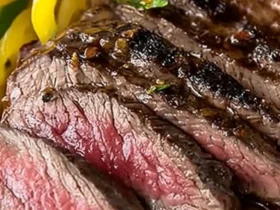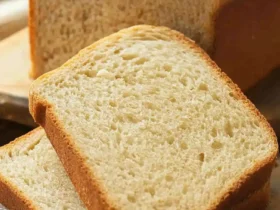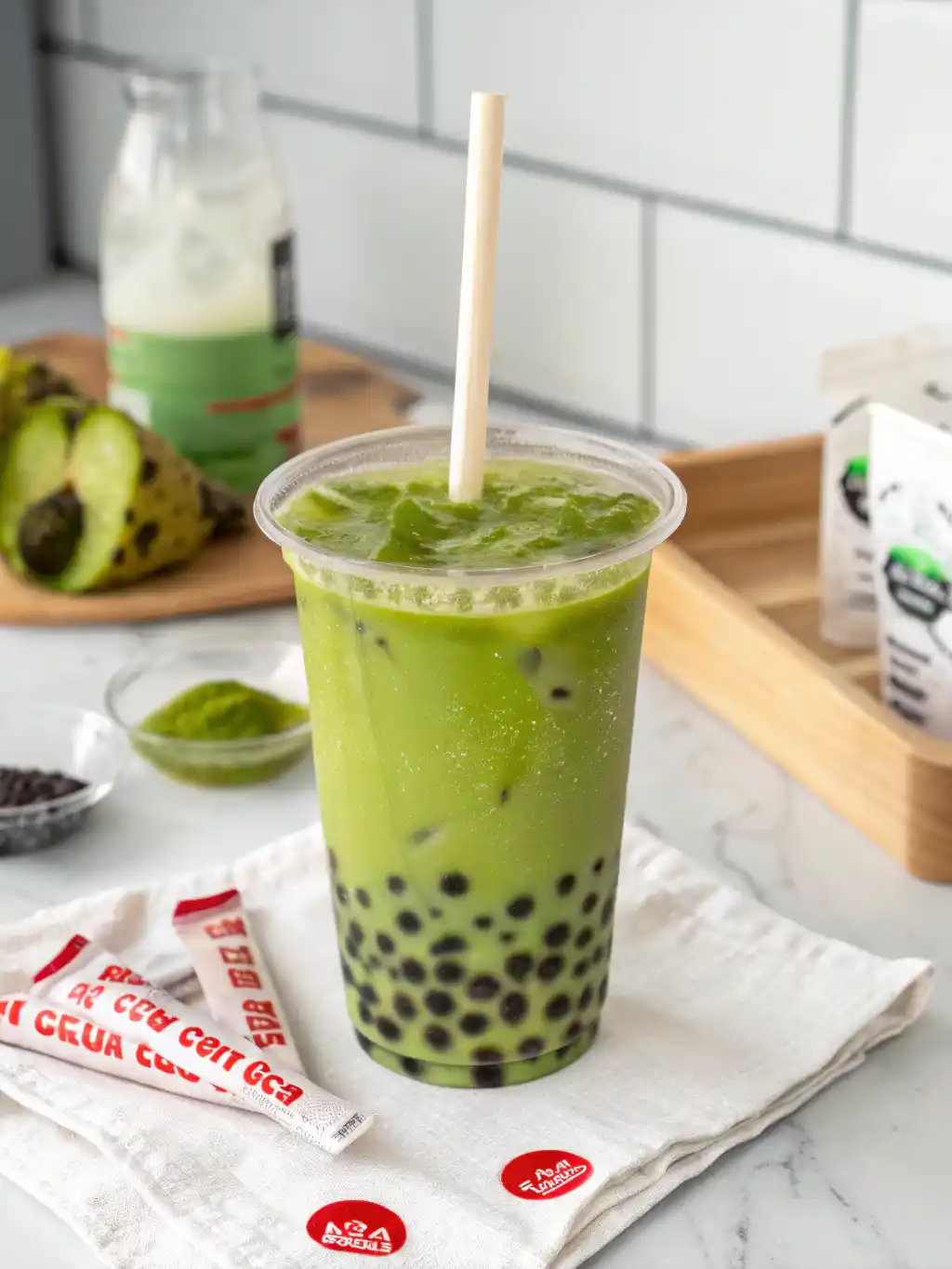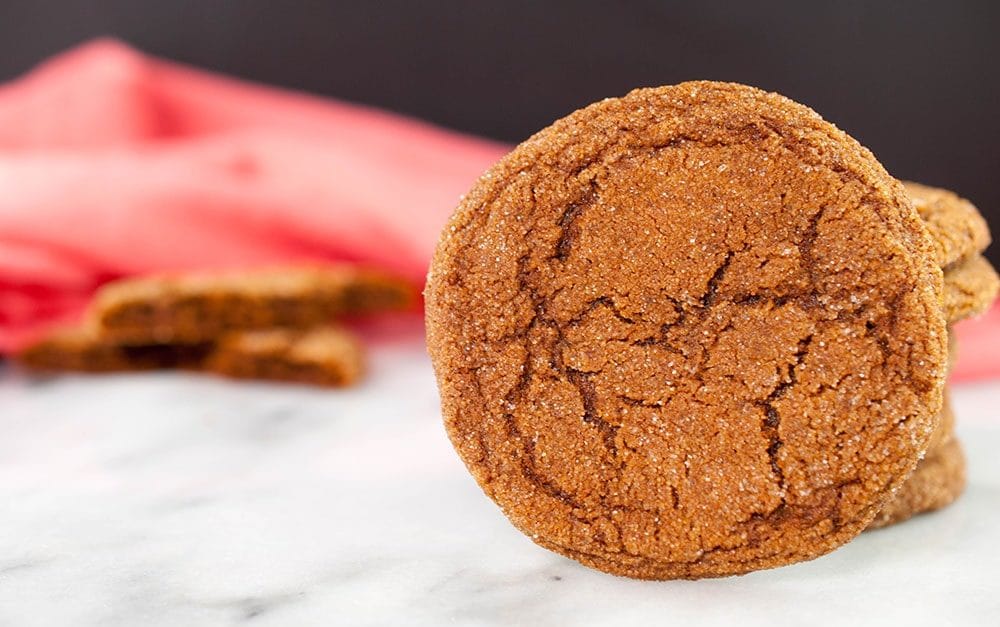Arabic Coffee holds a special place in my heart, not just for its distinctive aroma and flavor, but for the cherished memories it brings. The rich, cardamom-infused brew takes me back to my grandmother’s kitchen, where the ritual of preparing and serving this traditional beverage was treated with reverence and love.
I still remember watching my grandmother carefully roast the beans, her experienced hands knowing exactly when they reached the perfect color. Now, I share this tradition with my own daughter, who loves helping me grind the freshly roasted arabic coffee beans and measure the cardamom.
This recipe is surprisingly simple to make at home yet delivers authentic flavor with each sip. It’s also wonderfully adaptable to your taste preferences – you can adjust the cardamom or sweetness to suit your palate. My personal tip? Allow the coffee to rest after boiling for the best flavor extraction from the arabica supremo coffee beans we’ll be using.
What You Need to Make This Recipe
The heart of this recipe lies in high-quality arabic coffee beans, aromatic cardamom, and a touch of saffron for that authentic golden hue. I always choose freshly roasted beans whenever possible – the difference in flavor is remarkable. Arabic Coffee truly showcases how simple ingredients create something magical when prepared with care. Check the recipe card below for exact measurements.

How to Make Arabic Coffee
Making authentic arabian coffee involves a few key steps that preserve its traditional character. First, I roast and grind arabic coffee beans to a fine powder, then mix with freshly ground cardamom. Following the arabica coffee recipe approach, I boil the mixture in water, allowing it to rise three times before serving. This method extracts the perfect balance of flavors while maintaining the coffee’s signature light body and aromatic profile. The process is simple yet meditative – exactly what makes this coffee so special.

How to Make Authentic Arabic Coffee at Home
Equipment
- Dallah (Arabic coffee pot) or small saucepan
- Coffee grinder
- Small Arabic coffee cups (demitasse cups)
Ingredients
For the Coffee
- 3 tablespoons light roast Arabic coffee beans freshly ground to fine powder
- 1 tablespoon green cardamom pods seeds removed and ground (or 1 teaspoon pre-ground)
- 3 cups water
Optional Additions
- 1 pinch saffron threads
- 1/4 teaspoon rose water
- 1 pinch ground cloves
Instructions
Prepare the Coffee
- If using whole beans, lightly roast the coffee beans in a dry pan until they turn a medium-light brown color (skip if using pre-roasted beans).
- Grind the roasted coffee beans into a very fine powder, similar to the texture of flour.
- If using whole cardamom pods, crack them open and remove the seeds. Grind the seeds into a fine powder.
- Mix the ground coffee with the ground cardamom.
Brewing the Coffee
- Pour the water into your dallah or small saucepan and bring to a boil over medium heat.
- Once boiling, add the coffee-cardamom mixture and any optional spices if using.
- Stir once and return to heat. Watch carefully as the coffee will rise to the top of the pot.
- Just before it boils over, remove from heat and let the foam settle.
- Return to heat and let it rise again. Remove from heat once more.
- Repeat this process a third time, then remove from heat and let the coffee rest for 3-5 minutes.
Serving
- Pour the coffee carefully into small cups, filling each about one-third full.
- If using saffron or rose water, add a small drop to each cup for extra aroma.
- Serve immediately, traditionally starting with the eldest person present.
Notes
FOR MOR RECIPES
Pro Tips for Making This Recipe
Choose the Right Beans
For authentic Arabic Coffee, selecting the right beans makes all the difference. I prefer using light to medium roast arabica supremo coffee beans which offer the ideal balance of flavor without overwhelming bitterness. Arabic Coffee traditionally uses beans that are lightly roasted compared to Western coffee preparations, highlighting the delicate flavors.
The Perfect Grind
My secret trick: grind your coffee extremely fine – almost to the consistency of powder. I always grind mine just before brewing for the freshest flavor. Too coarse a grind will result in weak coffee, while the fine powder allows for proper extraction during the brief boiling process.
Master the Boiling Technique
The hallmark of perfect arabian coffee is allowing it to rise and almost boil over, then removing it from heat, repeating this process three times. I’ve found this technique extracts the optimal flavor without making the coffee bitter. Watch carefully – it rises quickly and can overflow if you’re not attentive!
Serving Etiquette
While not strictly a cooking tip, serving arabian coffee properly completes the experience. I always serve it in small cups, filling them only one-third full. Traditional etiquette suggests serving the eldest person first, then proceeding around the room clockwise. These small touches honor the cultural significance of arab coffee.
Fun Variations for arab coffee
Spice Blends
My grandmother taught me that Arabic Coffee is wonderfully adaptable to different spice combinations. While cardamom is traditional, I sometimes add a pinch of saffron and a touch of cloves for special occasions. For a modern twist, try adding a small piece of cinnamon stick during brewing – it pairs beautifully with the arabic coffee beans’ natural flavor profile.
Saudi Style
In Saudi Arabia, they often prepare a version with a lighter roast and more cardamom. I’ve tried this variation using blonde-roasted arabic coffee bean varieties, and it creates a milder, more aromatic brew. If you prefer less intensity in your coffee but love the fragrant spices, this variation might become your favorite.
Sweetened Options
While purists enjoy Arabic Coffee unsweetened, I sometimes add a touch of natural sweetness when serving to guests who aren’t accustomed to its traditional profile. Try adding a date syrup drizzle to your cup, or serve the coffee alongside dates or sweet treats. My daughter particularly enjoys this sweeter version as her introduction to our family’s coffee tradition.
Cold coffee arabic
During Tampa’s hot summers, I’ve developed a refreshing cold version of Arabic Coffee. After brewing the traditional way, I allow it to cool completely, then pour over ice with a splash of rose water. This variation maintains the distinctive flavor while offering a cooling alternative to the traditional hot serving.
What to Enjoy with Arabic Coffee
Arab Coffee creates a beautiful moment of pause in the day, especially when paired with the right accompaniments. Traditional middle eastern sweets like baklava or ma’amoul cookies complement the coffee’s slightly bitter notes perfectly. I often serve dates stuffed with almonds alongside my coffee arabic – the natural sweetness balances the coffee’s intensity.
For a simple everyday pairing, try dried fruits and nuts – my family particularly enjoys dried apricots and pistachios with our afternoon coffee ritual. The contrasting textures and complementary flavors enhance the experience of sipping this special brew. Arabic Coffee’s distinctive cardamom notes also pair wonderfully with orange blossom water-infused sweets or honey-drizzled pastries.
If you’re new to arabian coffee, starting with these sweet pairings helps acclimate your palate to its unique profile. The arabica coffee bean’s natural chocolate undertones are highlighted when enjoyed with these traditional treats.
Best Way to Store and Reheat Arabic Coffee
coffee arabic is best enjoyed fresh, but I understand the practicality of making larger batches. For storage, I transfer cooled coffee to a glass container with an airtight seal and refrigerate for up to 3 days. The flavor remains remarkably stable, especially when stored properly away from strong odors that coffee can absorb.
For reheating, I avoid the microwave which can create a bitter taste. Instead, I gently warm the Arabic Coffee in a small saucepan over low heat until it’s just hot enough to enjoy. My quick trick is to add a fresh cardamom pod during reheating to rejuvenate the aromatic qualities that might have diminished during storage.
If you’ve prepared extra ground arabic coffee bean mixture (coffee with spices), store it in an airtight container away from light and heat. This pre-mixed powder can last up to a month while maintaining its distinctive flavor profile. Just remember that nothing quite matches the experience of freshly prepared Arabic Coffee shared with friends and family.
Nutritional Benefits of Arabic Coffee
Natural Antioxidants
coffee arabic contains powerful antioxidants that help fight inflammation and protect cells from damage. The light roasting process used for traditional Arabic Coffee actually preserves more of the antioxidants naturally found in coffee beans compared to darker roasts. I’ve noticed that starting my day with Arabic Coffee gives me sustained energy without the jitters of stronger brews.
Digestive Benefits
The cardamom in coffee arabic isn’t just for flavor – it’s traditionally valued for aiding digestion. My grandmother always said a small cup after meals helps settle the stomach, and modern research supports this wisdom. The combination of lightly roasted arabica supremo coffee and cardamom creates a beverage that’s gentler on the digestive system than many other coffee preparations.
Heart Health
Studies suggest moderate coffee consumption may support heart health, and Arabic Coffee’s preparation method makes it a heart-friendly option. The absence of added dairy or sugar (in its traditional form) means Arab Coffee delivers the beneficial compounds from coffee beans without the additional calories or fat. When my family switched to Arabic Coffee from sweetened coffee drinks, we noticed we felt better overall.
Mood Enhancement
Beyond the caffeine content, the ritual of preparing and sharing Arabic Coffee has profound psychological benefits. The mindful preparation process and social aspect of serving this special brew creates moments of connection that I’ve found invaluable in our busy modern lives. There’s something truly therapeutic about the entire Arabic Coffee experience.
Frequently Asked Questions
What makes Arabic coffee different?
Arabic Coffee (qahwa) is distinguished by its preparation method and spicing. It’s typically made with lightly roasted beans, ground extremely fine, and flavored with cardamom. Unlike Western coffee, it’s unfiltered, served in small cups, and often prepared in a special pot called a dallah.
How healthy is Arabic coffee?
Arabic Coffee offers several health benefits when consumed in moderation. It contains antioxidants, may aid digestion due to the cardamom content, and has less caffeine than espresso. The absence of milk and sugar in traditional preparation also makes it lower in calories than many coffee beverages.
Is Arabic coffee stronger than espresso?
No, Arabic Coffee is actually milder than espresso. Despite its intense aroma, it contains less caffeine due to the lighter roast and shorter brewing time. Arabica supremo coffee used in traditional preparation has a gentler profile than the robusta beans often found in espresso blends.
Is Arabic coffee really bitter?
Authentic Arab Coffee isn’t overly bitter when prepared correctly. Its light roasting and the addition of cardamom create a fragrant, slightly sweet profile. The bitterness is much more subtle than in dark-roasted Western coffees, allowing the bean’s natural notes to shine through.
Is Arabic coffee high in caffeine?
Arabic Coffee contains moderate caffeine levels – less than espresso but more than tea. The light roasting process preserves more caffeine than dark roasts, but the small serving size (about 30ml per cup) means you consume less overall compared to a standard American coffee cup.
Conclusion
Arabic Coffee has become more than just a beverage in my home – it’s a cherished ritual that connects three generations of my family. From my grandmother’s traditional techniques to my daughter’s curious questions about the rising foam, this coffee brings us together in a way few other traditions can.
I hope your family enjoys this Arabic Coffee recipe as much as mine does! Whether you’re seeking to connect with cultural heritage or simply looking for a new coffee experience, this aromatic brew offers something truly special. Don’t be intimidated by the process – the reward of authentic flavor is well worth the small learning curve. Let me know how your coffee turns out in the comments below!
















Leave a Reply